The Canadian Nosocomial Infection Surveillance Program (CNISP):
- Last updated: 2024-01-04
CNISP is a national collaboration between the Public Health Agency of Canada (PHAC), the National Microbiology Laboratory (NML), the Association of Medical Microbiology and Infectious Disease (AMMI) Canada, and hospitals across Canada. CNISP conducts prospective surveillance of healthcare-associated infections (HAIs) and antimicrobial resistant organisms (AROs) to inform evidence-based policies and control measures against antimicrobial resistance (AMR).
CNISP collaborates with sentinel hospitals across the country to collect epidemiologic and microbiology data on HAIs and AROs. Over the years, CNISP has significantly expanded, and it now conducts surveillance on 12 different pathogens in 106 hospitals across 10 provinces and 1 territory. In addition to monitoring HAIs and AROs, CNISP also collects and analyzes data on antimicrobial use, infection prevention and control practices, laboratory practices, viral respiratory illnesses including COVID-19, and emerging threats such as Candida auris.
Additional information on CNISP can be found in our overview publication: The Canadian Nosocomial Infection Surveillance Program: Keeping an eye on antimicrobial resistance in Canadian hospitals since 1995
NEW Simplified Dataset (SDS)
In 2022, CNISP launched the Simplified Dataset (SDS), which allows hospitals outside of the CNISP network to contribute aggregate data to CNISP’s rates. This project is currently being piloted with Clostridioides difficile infections (CDI) with plans to expand to other HAIs and AROs. By combining patient-level data from participating CNISP hospitals and aggregate data from the SDS, CNISP will have a more representative sample of Canadian hospitals, enabling the program to report national and regional rates of AMR with greater accuracy. With almost 100 hospitals actively participating in SDS surveillance, CNISP is rapidly expanding its representativeness across Canada.
CNISP is actively recruiting hospitals to participate in the SDS. If you are not already engaged with the CNISP network and would like to learn more about this new initiative or participate, please email cnisp-pcsin@phac-aspc.gc.ca
CNISP Representativeness
Bed size and hospital type: Text Description
CNISP hospitals for 2022
The table below presents the participating CNISP hospitals across Canada for the year shown above. Use the dropdown in top right corner of the map to select the year of data you want the map and table to present. By using the free text search bar, you can search and filter the table for a specific hospital name, province, city, bed size or facility type. Single-click the column header to order the entries alphabetically in the selected column. Double-click the column header to order the entries in reverse alphabetical order in the selected column.
| Hospital Name | Province | City | Bed size | Facility Type | CNISP or SDS | Teaching Status |
|---|
CNISP Surveillance Protocols
CNISP surveillance protocols including case definitions are posted on AMMI Canada and IPAC Canada’s websites. For questions, please contact us directly at cnisp-pcsin@phac-aspc.gc.ca.
Recent CNISP Publications
- Healthcare-associated infections and antimicrobial resistance in Canadian acute care hospitals, 2018–2022
- Device and surgical procedure-related infections in Canadian acute care hospitals, 2018–2022
- Nirmatrelvir-ritonavir use among adults hospitalized with COVID-19 during the Omicron phase of the COVID-19 pandemic, Canadian Nosocomial Infection Surveillance Program
- A descriptive analysis of nirmatrelvir-ritonavir use among adults hospitalized with COVID-19 during the Omicron phase of the COVID-19 pandemic, Canadian Nosocomial Infection Surveillance Program.
- Extracorporeal membrane oxygenation for COVID-19-associated severe acute respiratory distress syndrome in Canada: Analysis of data from the Canadian Nosocomial Infection Surveillance Program
- Trends in SARS-CoV-2-related pediatric hospitalizations reported to the Canadian Nosocomial Infection Surveillance Program, March 2020 to December 2022
- Plasmid genomic epidemiology of blaKPC carbapenemase-producing Enterobacterales in Canada, 2010-2021
- Healthcare-associated infections and antimicrobial resistance in Canadian acute care hospitals, 2017–2021
- Device and surgical procedure-related infections in Canadian acute care hospitals, 2017−2021
- The Canadian Nosocomial Infection Surveillance Program: Keeping an eye on antimicrobial resistance in Canadian hospitals since 1995
- Trends in Severe Outcomes Among Adult and Pediatric Patients Hospitalized With COVID-19 in the Canadian Nosocomial Infection Surveillance Program, March 2020 to May 2022
- Epidemiology of Primary and Recurrent Healthcare-Associated and Community-Associated Pediatric Clostridioides difficile Infection in Canada, 2015-2020
- Cerebrospinal fluid shunt–associated surgical site infection with three-month versus twelve-month surveillance periods in Canadian hospitals
- Evaluation of the accuracy in the application of the Canadian Nosocomial Infection Surveillance Program (CNISP) bloodstream infection surveillance definitions
- Healthcare-associated infections and antimicrobial resistance in Canadian acute care hospitals, 2014-2018.
- Device-Associated Healthcare-Associated Infections (HAIs) in Canadian Acute-Care Hospitals from 2009 – 2018.
- Antimicrobial use in Canadian acute-care hospitals: Findings from three national point-prevalence surveys between 2002 and 2017.
- Vancomycin-resistant Enterococcus sequence type 1478 spread across hospitals participating in the Canadian Nosocomial Infection Surveillance Program from 2013 to 2018.
- Patients in hospital with laboratory-confirmed COVID-19 in a network of Canadian acute care hospitals, Mar. 1 to Aug. 31, 2020: a descriptive analysis.
- Prevalence of Candida auris in Canadian acute care hospitals among at-risk patients, 2018.
- Trends in health care–associated infections in acute care hospitals in Canada: an analysis of repeated point-prevalence surveys.
- Response to Alert on Possible Infections with Mycobacterium chimaera From Contaminated Heater-Cooler Devices in Hospitals Participating in the Canadian Nosocomial Infection Surveillance Program (CNISP).
- The evolving epidemiology of Clostridium difficile infection in Canadian hospitals during a postepidemic period (2009–2015).
- Characterization of Healthcare-Associated and Community-Associated Clostridioides difficile Infections among Adults, Canada, 2015–2019.
Related Links
Canadian Integrated Program for Antimicrobial Resistance Surveillance (CIPARS)
Information on antimicrobial use and antimicrobial resistance in foodborne bacteria along the foodchain can be found on the Canadian Integrated Program for Antimicrobial Resistance Surveillance (CIPARS) website.
Healthcare infection prevention and control guidelines
Information on guidelines to help prevent the spread of infection in healthcare settings can be found on the Healthcare infection prevention and control guidelines website. These guidelines were developed by the Public Health Agency of Canada with the support of the National Advisory Committee on Infection Prevention and Control (NAC-IPC).